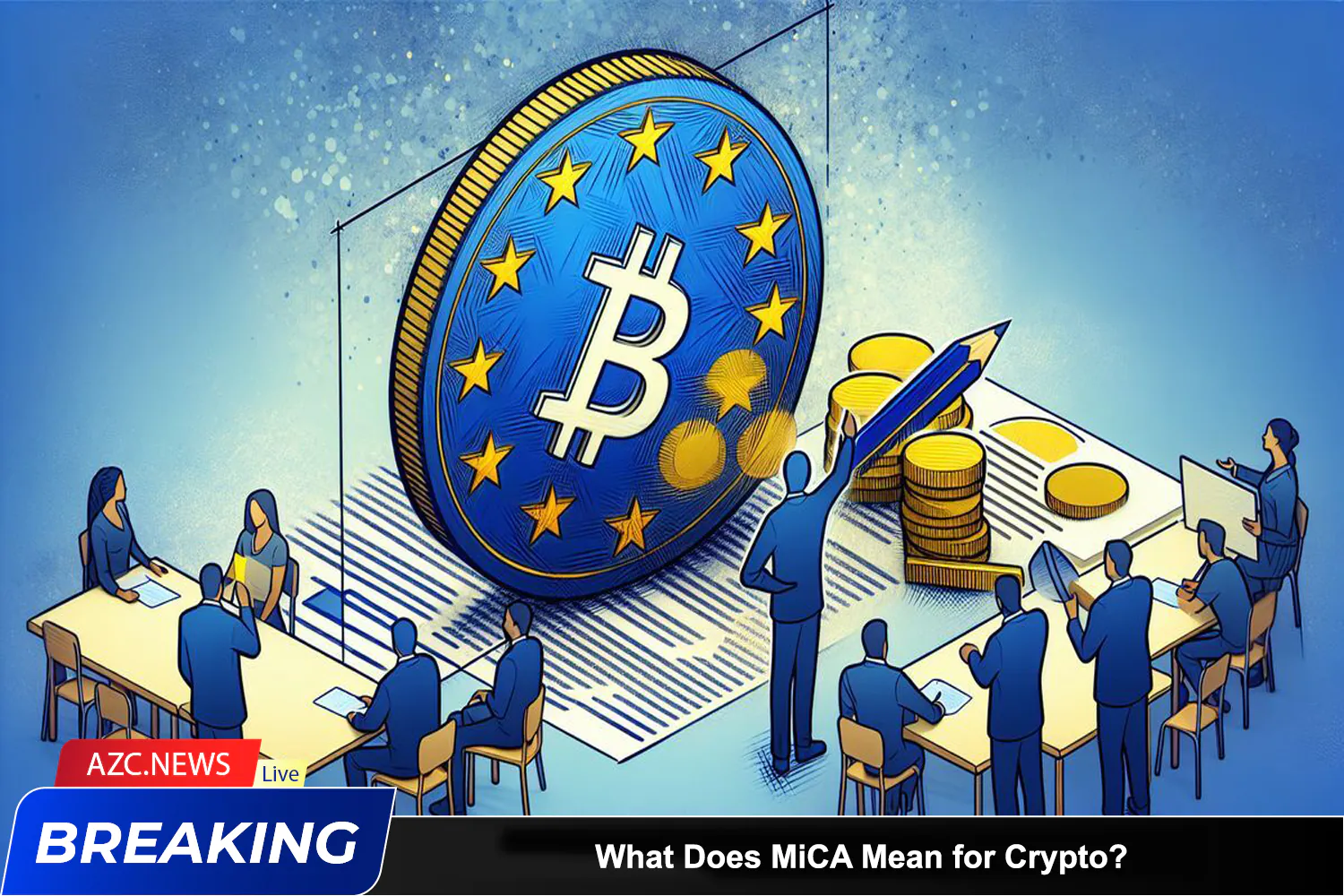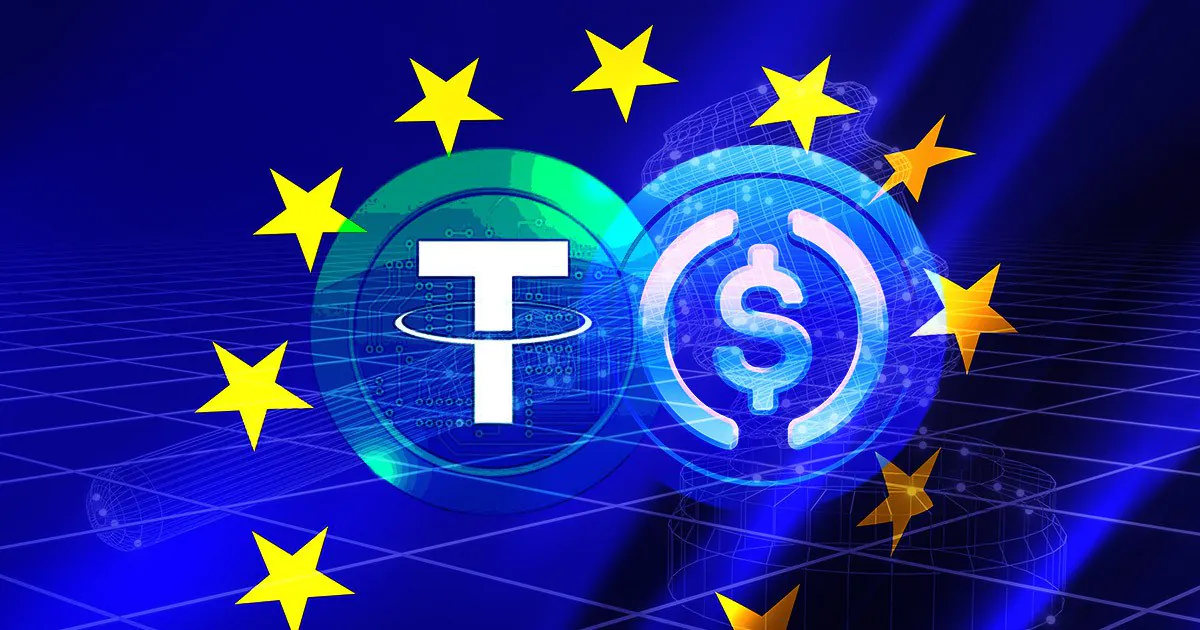Introduction
What does MiCA mean for crypto? The Markets in Crypto-Assets Regulation (MiCA) is a landmark legislative framework proposed by the European Union (EU) to establish a comprehensive regulatory regime for crypto-assets. Aiming to foster innovation while safeguarding consumer protection, MiCA seeks to address the burgeoning crypto-asset landscape by introducing a robust set of rules and licensing requirements for entities operating within the EU.
Operational Framework of MiCA
MiCA mandates that companies offering crypto-asset services, such as custody, advisory, and brokerage, must register with national authorities and adhere to stringent operational and organizational standards. These include robust customer asset protection measures, conflict of interest prevention mechanisms, and market transparency safeguards. Additionally, MiCA introduces a whitepaper requirement for issuers of crypto-assets, ensuring comprehensive disclosure of associated rights and risks. Stablecoins, under MiCA, are subject to stringent reserve, governance, and stability requirements.

Scope of MiCA
What Does MiCA Mean for Crypto? MiCA’s regulatory purview encompasses three primary categories of crypto-assets leveraging distributed ledger technology (DLT):
Crypto-asset Reference Tokens (CRTs)
Crypto-asset reference tokens (CRTs) are a specific type of stablecoin that pegs its value to a single underlying fiat currency, such as the Euro. This pegging mechanism aims to provide EMTs with price stability similar to bank-issued fiat currencies, making them more attractive to users seeking a stable store of value.
Other Crypto-assets
MiCA encompasses a broad category of crypto-assets that do not fall under the ART or EMT classifications. These include utility tokens, which grant digital access to specific products or services, and other crypto-assets that don’t meet the criteria for ARTs or EMTs. For this category, MiCA still mandates transparency requirements, albeit less stringent than those for stablecoins.

Exclusions from MiCA. What Does MiCA Mean for Crypto?
It is important to note that certain crypto-assets are currently excluded from the scope of MiCA. These include security tokens, non-fungible tokens (NFTs), and central bank digital currencies (CBDCs).
Impact of MiCA
MiCA introduces a much-needed regulatory framework for the crypto-asset landscape, providing clarity regarding licensing requirements, marketing and distribution practices, and consumer protection measures across the EU. While decentralized finance (DeFi) and NFTs remain largely unaddressed, MiCA represents a significant step towards global crypto-asset oversight. It aims to attract increased participation to the region, encompassing 27 nations representing nearly 1/5 of the global economy, and fostering legal certainty for businesses operating within the crypto-asset sphere.
Effective June 30, 2024, the Markets in Crypto-Assets (MiCA) Regulation will introduce a comprehensive framework for regulating stablecoins across the European Economic Area (EEA). This landmark development marks a significant step towards fostering a transparent, secure, and innovative stablecoin ecosystem within the region.
Impact on Users
As a user, here’s what you need to know about the implications of MiCA:
- Categorization of Stablecoins:
- Regulated Stablecoins: Issued and offered by entities authorized under MiCA, ensuring adherence to stringent regulatory standards.
- Unregulated Stablecoins: Stablecoins not meeting MiCA’s criteria, subject to potential restrictions.
- Enhanced User Protection:
- Robust Reserve Requirements: Safeguarding user funds by mandating adequate stablecoin reserves.
- Strict Governance Standards: Promoting responsible business practices and transparency.
- Potential for Limited Choice:
- Initial Phase: The number of regulated stablecoins may be initially limited, affecting user options.
- Market Adaptation: Over time, the market is expected to adapt to the new regulatory landscape.
MiCA Exclusions
What Does MiCA Mean for Crypto? One of the more interesting aspects of MiCA is that several blockchain-related assets are not considered crypto-assets, at least as far as falling under any definitions set in this legislation. For example, it mentions explicitly as excluded:
- Crypto assets that fall under the scope of financial instruments
- Those that qualify as deposits or structured deposits
- Assets that qualify as funds
- Those that qualify as securitization positions
- Crypto-assets that qualify as non-life or life insurance policies
- Pension product and social security schemes
- Non-fractionalized non-fungible tokens
- Transactions between certain public entities and groups
- Central Bank Digital Assets
- Non-transferrable digital assets
- Financial instruments that fall under other directives








Great
no it published